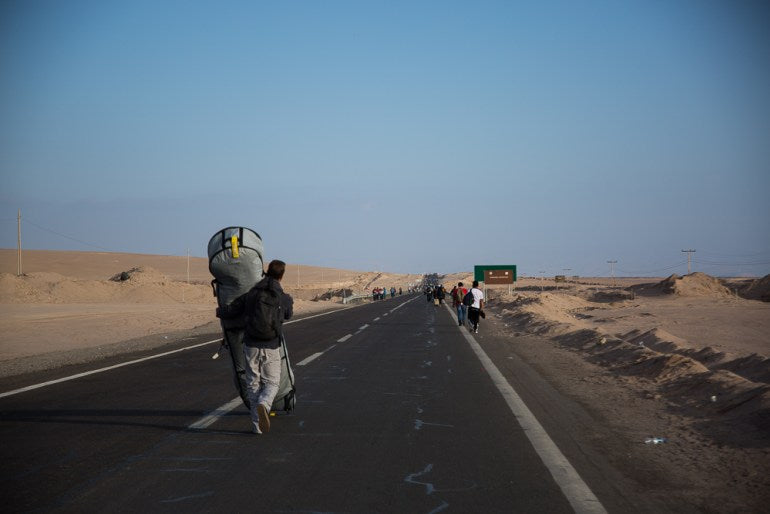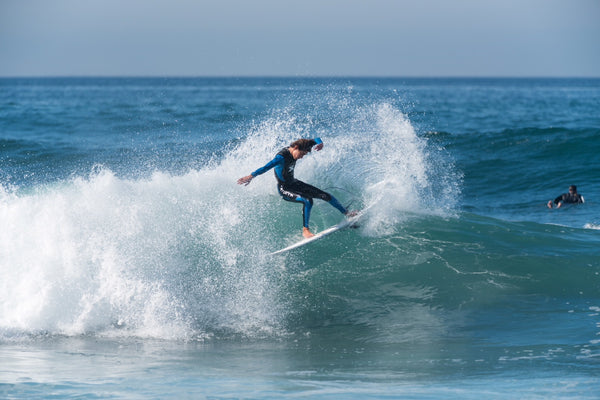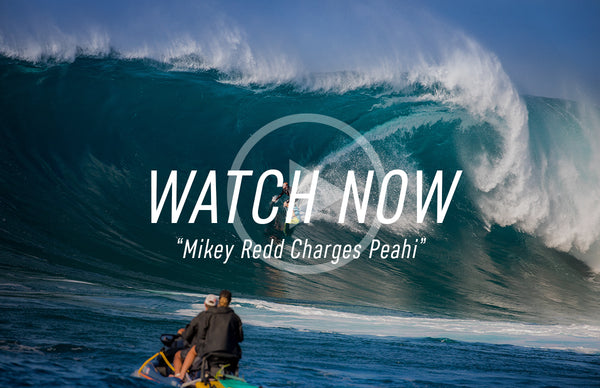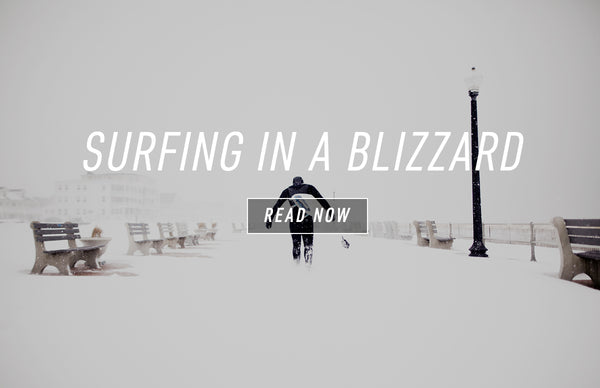7 Tips for Taking a Surf Trip: My Experience to South America

The models were perfect and conditions were predicted to be epic. I was across the world, and the swell was two days away. With no tickets or definite plan, I had to act immediately. Four flights, six-hundred dollars in board fees, and one boarder crossing later, I was in South America antsy to see the first glimpse of what the swell had to offer.

Some of the countries within the continent have a lot of unrest, therefore boarder strikes are a common trend. Truck drivers that import/export gas and food stop their daily schedule and block the roads to the boarder in hopes that better wages and hours will be made into reality. This strike led to a complete halt of access of public transport to the nearby cities, making people walk almost two hours just to get to the accessible road.


Planning a surf trip is a tough task to execute, especially when the ocean currents and swells are susceptible to change at any minute. The hundreds of dollars spent planning a trip could be worth nothing if you show up and the swell was downgraded. Therefore, planning a surf trip based on a swell could be last minute and expensive, but as with anything, a big risk always has the potential for a high reward.


Throughout my experience in South America, I have come up with seven surf travel tips that you might find useful:
-
Be flexible: Nothing ever goes as planned and exactly the way you want it, especially when you are relying on nature to supply you with your entertainment. Therefore, make sure that you can be somewhat flexible with your trip. Sometimes the swell will be a day late, and the most epic day may fall on your departure date. My advice is (if you can) to allow yourself a few extra days if you need to extend or you miss a flight for any reason. Most epic surf destinations involve multiple connecting flights, so keep in mind that a delayed flight might make you miss your next one. I would recommend always investing in the “Trip Flex” plan, as it may come in handy if you want to change your trip dates. Usually, every airline has a flat fee for changing a flight and will additionally charge you the difference in price tickets on top of that. Trip Flex (please read every type of insurance offered carefully) will most of the time cover the flat change fee, which could save you hundreds, and you will only be charged for the price difference.
Surf Travel Tips (important): If the insurance is from a third party, I suggest not investing in the trip insurance. Not only do third parties have a multitude of fine print scenarios that you must relate to you in order to make you eligible, but they won’t cover the initial charge, and instead will make you go through a long petition process to receive your money. - Do not overpack: I brought a whole suitcase worth of clothes, but I literally wore 3 pairs of different clothes the whole time. The less the better with a surf trip, all you really need is board shorts, sandals, and a tank top. Stay light!
- Protect your boards with the stuff you were going to pack: Bringing your surfboards on an airplane is a nightmare for any surfer, as most airline employees do not understand the delicateness of our precious babies. A great way to protect your surfboards and utilize your space is to use items that you were going to pack in your luggage. On our trip, we used our wetsuits, dry bag, towels, clothes, and impact vests to provide extra protection for our boards.
- Be ready to do other things: Don’t be bummed if you get an off day, stay positive and enjoy the scenery around you. Go hike or explore the area that is around you. During a surf check, we ran into some awesome locals and went rock climbing!
-
Have a mindset ready to say goodbye to your surfboard: A fantastic way to save your money on surf trips is if you sell your board or make a friend and leave it there. If I fall in love with a surf destination, I try to leave my boards there because I know that I am going to come back. Don’t bring your Ferrari of a board, bring your Fiat instead so it is easier to part ways with it if need be.
-
Bring a First Aid Kit: Not only for you, but for your surfboards. It is always a good idea to have Sun-cure next to your antibacterial ointment.
-
Always bring extra accessories: We broke three leashes in one day on our trip. Always make sure to bring extra fins, leash strings, leashes, fin keys, and wax on your trips. If you are stuck in the middle of nowhere and your leash string broke, the last thing you want to do is rely on your shoe laces or hair tie, especially if you want to keep that man bun all nice and flashy.


I learned these seven surf travel tips through trial and error, and hopefully these tips can help you score some epic waves with your board still in one piece. Have any other surf travel tips to share? List them in the comment section below!
– Break from your roots
Words by Jacob Fishman
For more epic content from Jake, visit his website here.
Also in Blog

Ari Engel - The Grom who surfed 500x in 2017.

Mikey Redd Charges Peahi



Ali Nasir
Author